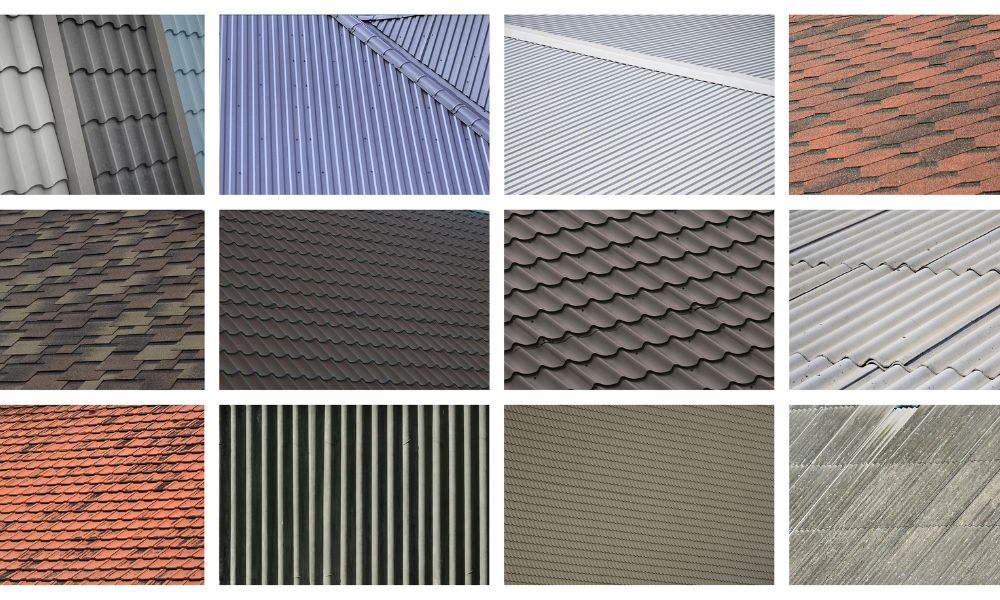The type of roofing materials you use makes a world of difference when it comes to the structural integrity of your home. Weather can influence your roof’s longevity, maintenance, and overall performance. Therefore, understanding the impact weather can have on different roofing materials is vital to better protect your home, whether you’re in the market for a new roof or you’re curious about your current one.
Extreme Temperatures and UV Exposure
The relentless sun can be especially harsh on roofing. Asphalt shingles, a popular choice for their cost-effectiveness and versatility, can experience color fading, granule loss, and even buckling in extreme heat, reducing their lifespan. Metal roofs, however, tend to do well in high temperatures, reflecting much of the heat. They are also less likely to warp or break down due to heat. The choice of roofing material can significantly impact your long-term costs and comfort in a city where the sun never takes a break.
Snow, Ice, and Hail
While some regions might not experience snow, others can be subject to heavy snow loads accumulating on roofs, leading to potential structural damage or even collapse. Metal roofs, again, are at an advantage here, as snow sheds easily from their smooth surfaces. Certain types of steep-sloped roofs also prevent build-up. On the other hand, they might not fare as well with hail, which can dent or scratch metal. Shingles can be more resistant to hail but may suffer from the expansion and contraction cycle caused by snow and ice.
Rain and Moisture
Rain and moisture pose a big challenge for all roofing materials. The constant dampness in more moist climates can lead to mold growth, rot, and corrosion, affecting both the roof structure and indoor air quality. Metal roofs, again, have the upper hand with moisture, as they are less prone to these issues. Insulation and proper sealing are crucial for all roofs, especially for heavy rain areas.
Wind Conditions
Strong winds, whether tied to storms or just the locale’s natural weather patterns, can cause damage by uprooting or displacing roofing materials. The uplift pressure on the roof is a significant factor that all homeowners should consider as not all materials are created equal. Metal roofs with proper installation tend to offer more resistance to wind damage due to their interlocking design and weight compared to shingles. However, some high-grade shingles can also hold their own when it comes to peak wind speed durability.
How To Enhance Weather Resistance
Understanding the impact of weather on different roofing materials can guide homeowners to make wiser choices. However, some universal strategies can further enhance your roof’s weather resistance, regardless of the material. Regular inspections, prompt repairs, and investing in proper installation and maintenance are key.
Additionally, considering fire-resistant materials in dry climates can further protect your home from the elements. Always seek professional guidance from a roofing company in San Jose when in doubt to ensure your home remains a safe, durable shelter against the impact of weather on different roofing materials.


Recent Comments